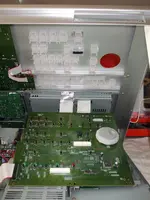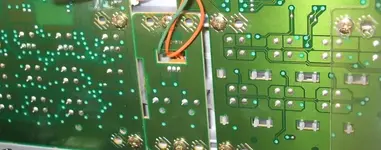TalismanRich
Well-known member
Unfortunately, it's a dead link. I was searching images for Tascam Tactile Switch and that popped up. When I clicked on it, it just went to Full Compass' web site but the switch wasn't showing. I snapped the photo because it had what appeared to be a part number in the photo.
I don't know if DIgikey or Mouser would have a similar switch. I wonder if you have a 2488 service manual if it would have a part number. Also, it anyone has a 2488, they could measure the switch to see if it's the same size.
I don't know if DIgikey or Mouser would have a similar switch. I wonder if you have a 2488 service manual if it would have a part number. Also, it anyone has a 2488, they could measure the switch to see if it's the same size.



